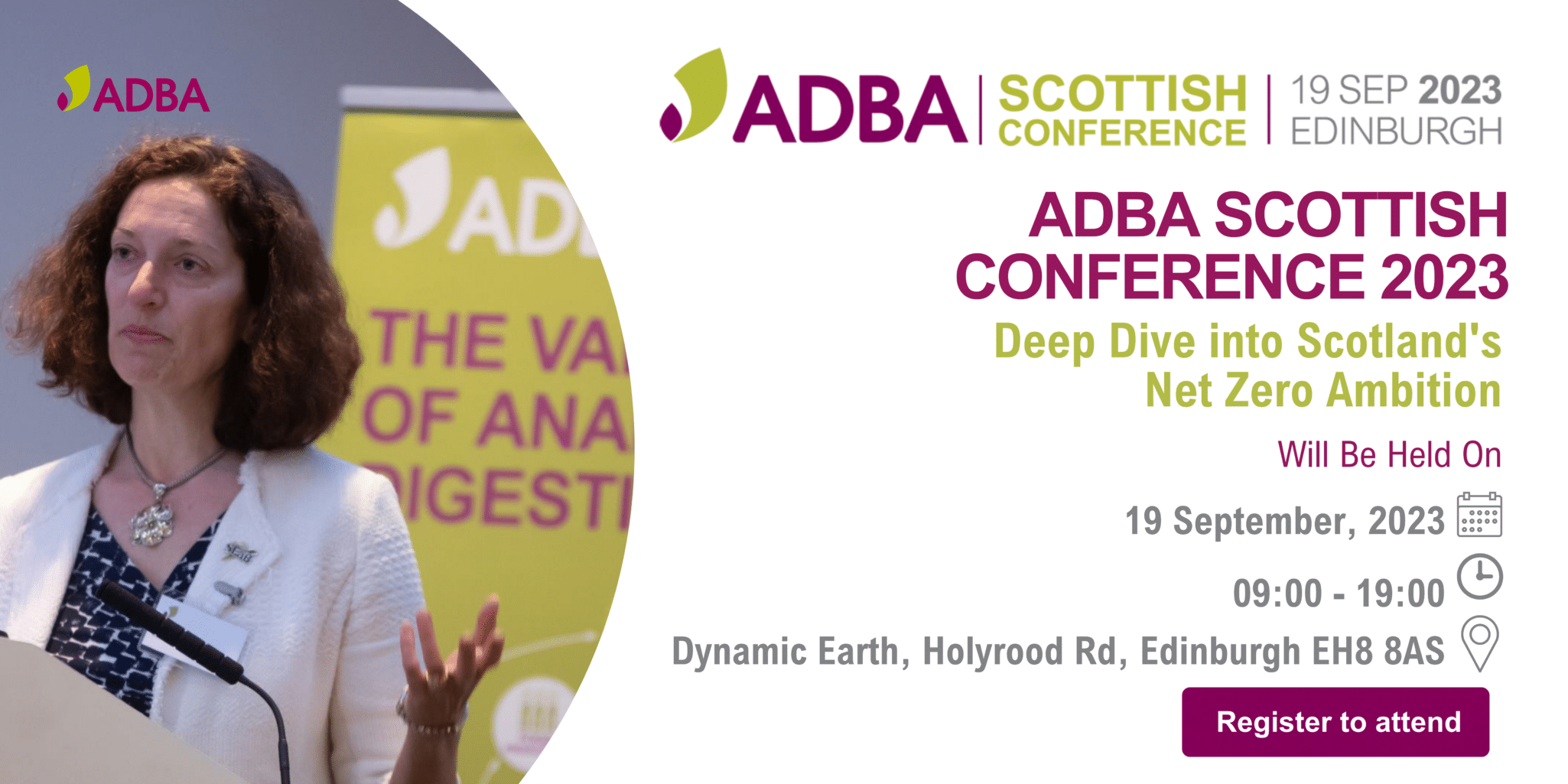The Environment Agency has updated its Resource Frameworks guidance, which will affect digestate management from…
Focus on green gases not blue hydrogen government told
The chair of the UK Hydrogen & Fuel Cell Association (UK HFCA) dramatically resigned on Wednesday in response to the launch of the government’s hydrogen strategy. In his resignation letter Chris Jackson said:
“I believe passionately that I would be betraying future generations by remaining silent on that fact that blue hydrogen is at best an expensive distraction, and at worst a lock-in for continued fossil fuel use that guarantees we will fail to meet our decarbonisation goals.”
And he added, “I fully appreciate the energy transition cannot be achieved by one silver bullet, and green hydrogen alone cannot solve all the world’s challenges.”
Gas represents one of the hardest sectors to decarbonise sectors but can be achieved through the production of multiple different green gases, primarily green hydrogen and biomethane.
The Government has made clear that hydrogen will play a key role in the decarbonisation of the UK’s gas sector, necessary to deliver Net Zero by 2050. Boris Johnson’s Ten Point Plan for a Green Industrial Revolution, released back in November 2020, identified the need to scale up low carbon hydrogen production in Point 2 – thus kickstarting BEIS’s policy planning for hydrogen.
Today, BEIS have published their “UK Hydrogen Strategy”. This document details how the UK can scale up hydrogen production, transmission, storage and utilisation over the next 30 years. Alongside this Strategy, the Government are also publishing a number of consultations – seeking views on BEIS’s Hydrogen Business Model, the design of the new £240m Net Zero Hydrogen Fund, and a UK Low Carbon Hydrogen Standard.
Initially, 5GW installed capacity of hydrogen is targeted for 2030, producing enough gas to heat over 3 million homes per year.
Much of this capacity will be produce blue hydrogen – i.e. fossil natural gas is converted into hydrogen and CO2 via steam reformation, where the latter is subsequently captured and stored. Despite this process using non-renewable gas, the blue hydrogen is carbon neutral and can be achieved at scale by the existing oil and gas industries.
While the Strategy fails to go into much detail about the joint role of biomethane in the greening of the gas grid, it does acknowledge the potential for biomethane to be converted into biohydrogen via steam reformation. Unlike blue hydrogen, biohydrogen is renewable and, depending on feedstocks used and carbon capture technology deployed, can offer carbon negative energy – actively reversing GHG emissions.
Hydrogen and biomethane are highly compatible. Each can be converted into the other, enhancing energy flexibility and network resilience. Furthermore, biomethane is ready to produce and use now – giving the UK time to scale up the hydrogen sector. For more information about the joint role of these two green gases, see ADBA’s recent report: Biomethane and Hydrogen: Two green gases, one future (free to access)
Or contact ADBA’s policy analyst (and report author) Nick Primmer nick.primmer@adbioresources.org



